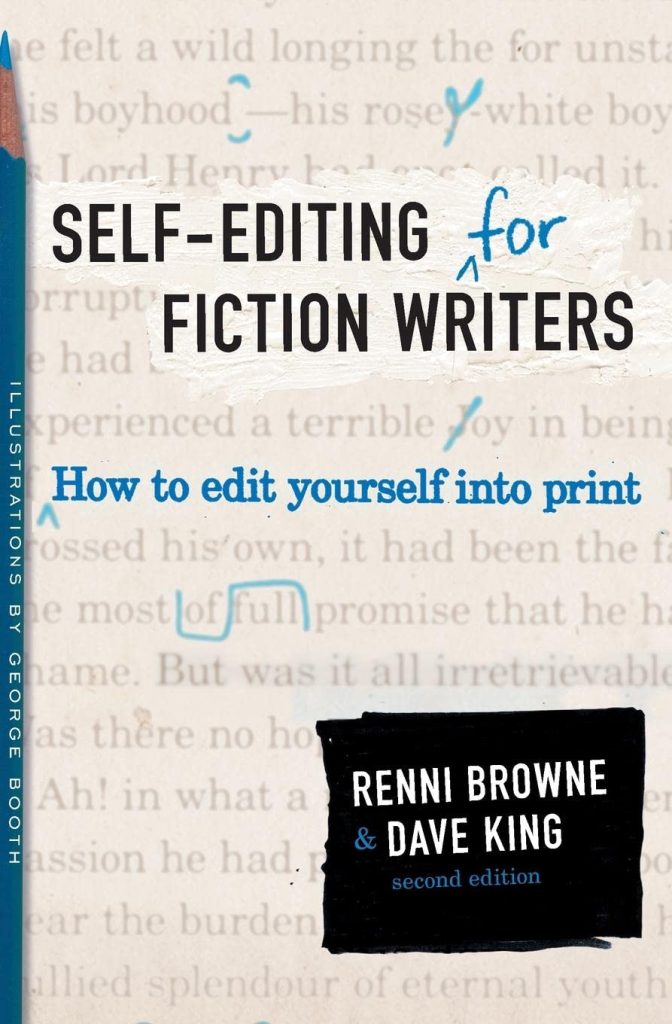Lissa Gray
Imagine this. You flip open a book for the first time. It looks pretty good and you’re excited to delve into an enchanting world of adventure and new characters. You read the first words… “The sun rose over the snow-tipped mountains as the world paused for a moment to admire their splendor…blah blah blah,” the descriptions draw you in immediately. The setup is pretty good too! And then you get to the dialogue.

“Hi Sally, how’s work?”
“Work is pretty good, Lauren. How’s your family?”
“My family is okay. It’s been hard since the explosion of ‘08 that killed my grandma.”
Suddenly, the book is terrible. Nobody talks like that. And if they do, it’s one of those filler conversations that are no fun to be in, much less read about. We just met these characters, they talk like cardboard cut-outs, and why is Sally talking about a tragic event like it’s normal conversation? You put the book down. Good descriptions are not enough to keep you reading if you have to slog through dialogue like this.
So why does this happen? Why can good writers be so clueless when it comes to writing for characters? It’s an epidemic sweeping the nation, but there may be a cure.
Observe How People Talk
Not in a creepy way, but when you’re in conversation, observe speech patterns. Do people talk in complete sentences? Usually, they don’t. Even if it’s technically grammatically correct, it will stilt your writing and subconsciously take your character out of it. Instead of “yes, I agree,” try a simple “yes.” How much slang is there? Usually, a little bit but not so much that it’s distracting or trying too hard to relate. How do people converse? Is there a fast rhythm in banter? Slower in awkward moments? Would a conversation slow down in a tense scene or ramp up?
Surround Yourself with Interesting People
Let’s say you have the speech patterns down. They sound pretty natural, but are they too similar? If you have every character using the same catchphrase, they’re all carbon copies of each other. Learn from your peers. They shouldn’t be total replicas of your friends, though. Maybe your character has your friend Brian’s sass but Ava’s boldness. Mix and match to find something that works best with your characters.
Show, Don’t Tell
One of the primary details of my bad example was the very explicit “backstory” that this character has. Does it set up what’s to come quickly? Yes, but it’s such a boring way to reveal important details. Say we keep the explosion idea–in real life, that character may get quiet and have flashbacks of the moment. Maybe they take a while to admit what’s plaguing them. Depending on who the other character is (close friend, acquaintance, coworker), she may hold things closer to her chest and bury how she’s truly feeling, especially in casual conversation. We might not find out what’s happening with her until chapter fifteen or sixteen. Keeping things secret but showing the character noticeably hiding something is a great way to drive the plot forward, even if it feels slow and tedious for the author to write.
Utilize Conflict
Take every opportunity while writing dialogue to move the story along. Is it important for Steve and Jason to discuss a boring day at work? Probably not, but you can make it important by giving each an agenda and goal (The Narrative Arc). If those goals oppose one another, that’s even better. A good conflict will hook a reader and keep them reading. This isn’t implying that all characters need to hate each other, but they should not have the same goals, internal or external. The excitement in dialogue lies in their differences. Differing personalities, goals, and tactics will make your characters and their conversation more realistic and keep your reader invested in character relationships.

You’ve Got This!
Keeping these rules in mind (especially the last one) go out and write your own terrific dialogue! Watch for your favorite authors utilizing these tips and learn from them as well. Once you get a flow for writing dialogue, it becomes simple to make it natural and your characters will start to come alive on the page. Keep at it and write something amazing!
(As a bonus writing exercise, try rewriting the unfortunate tale of Sally, Lauren, and the explosion of ’08 🙃)
Works Cited
“How to Write Great Dialogue: Tips, Examples and Formatting.” The Narrative ARC, https://thenarrativearc.org/your-questions-answered/2021/1/20/how-do-i-write-natural-dialogue. Accessed 15 Feb. 2025.


















